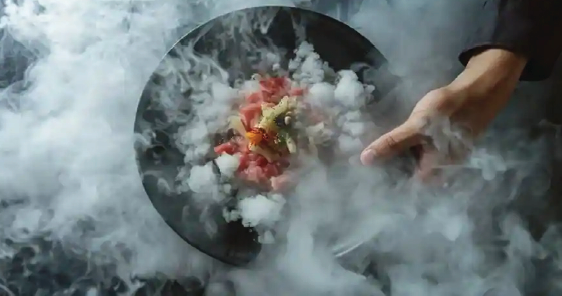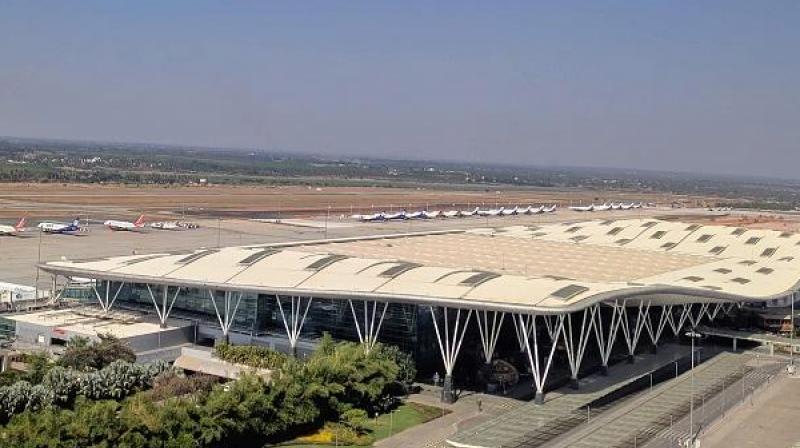Eateries, pubs defy liquid nitrogen ban despite health risks
A bar situated near Ashok Nagar uses the chemical for preserving food and to present food appealingly
Salar News
-
Representative photo
Bengaluru, 22 May
Two weeks after Department of Food Safety and
Quality banned using liquid nitrogen for serving food, many eateries at VV
Puram, Indiranagar and Marathahalli continue to use this dangerous liquid.
A bar situated near Ashok Nagar uses the chemical for
preserving food and to present food appealingly. “We use liquid nitrogen for
preserving frozen desserts and on cocktails that are served. People love to buy
liquid nitrogen-infused smoky cocktails as they come in fancy presentations. We
use it in limited quantities as there are no harmful side effects of it. Till
now we have not had any bad experience with any of our customers,” the manager
of the bar said.
When Salar News talked to a couple of food lovers, many were
unaware of the ban. Reshmi Prasad, who works in a PR company in City,
said: “I always eat fancy ice creams that are served with a smoky effect in it.
But I was not aware that they used the liquid nitrogen in it.”
Speaking to Salar News, an official of Food Safety
and Standards Authority of India (FSSAI) said: “FSSAI has empowered the
designated officers to take immediate action against any food business operator
found using liquid nitrogen for direct consumption. The public can contact the
toll-free helpline number 1800 11 2100 or send an email to
kumaresan.ch@fssai.go.in for any complaint regarding food safety concerns.”
Severe internal injuries
Dr Kasthuri Prasad, a gastroenterologist at Dayanand Sagar
Hospital, Harohalli told Salar News that liquid nitrogen can cause severe
internal injuries. “When liquid nitrogen enters the body, it rapidly evaporates
into gas, causing a sudden expansion that can lead to severe internal injuries,
including perforation or rupture of the digestive tract. This can result in
excruciating abdominal pain, nausea, vomiting and potentially life-threatening
complications like pneumothorax (a condition where the air leaks between the
lungs and chest walls leading to a chest injury).”
Dr Shibi Dev, an ENT specialist at Nethradhama Eye Hospital,
said: “The gas emitted by liquid nitrogen when exposed to air can cause oxygen
levels to drop, leading to headaches, light-headedness, and even loss of
consciousness. Ingesting liquid nitrogen can cause severe burns and frostbite
to the mouth, throat, oesophagus, and stomach lining, while contact with the
skin or eyes can result in severe cold burns and frostbite.”
In Bengaluru, surgery was performed on a 12-year-old girl to repair a perforation peritonitis - a hole in the stomach — after she consumed smoke paan with liquid nitrogen.
Liquid nitrogen is commonly used in:
Cocktails, smoke biscuits, frozen fruits, ice
creams, popcorns, peanut butter, dried (dehydrated) vegetables and fruits,
carbonated drinks (soft drinks), frozen foods, any packaged food like chips,
wafers, frozen fancy desserts in restaurants, coffee, buttermilk and cheese.
What is liquid nitrogen?
Liquid Nitrogen is cryogenic liquid that is kept
at a temperature of about -196 degrees Celsius. It is a colourless, odourless
and non-flammable liquid that is used in food as preservatives. The
chemical is used by various food industries as preservatives. —Salar
News
Leave a Reply
Your email address will not be published. Required fields are marked *










.jpeg)
.png)
.png)
.png)


.png)
.png)
.png)
.png)
